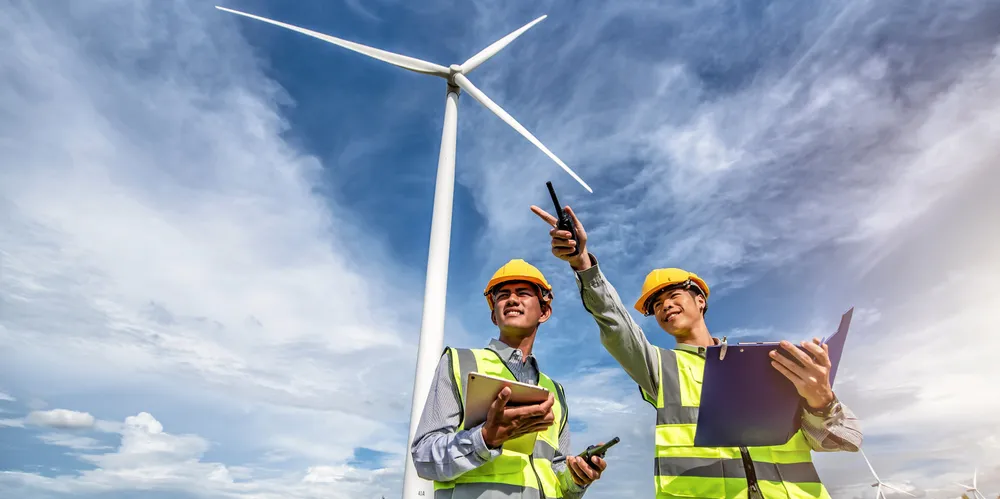‘Three big barriers stop nations quickly adopting wind power – it's time to break them down’
OPINION | Accelerated deployment of onshore wind is a win-win that fights climate change and brings huge benefits to developing economies, but some common hurdles need tackling urgently, write Joyce Lee and Mike Blanch
